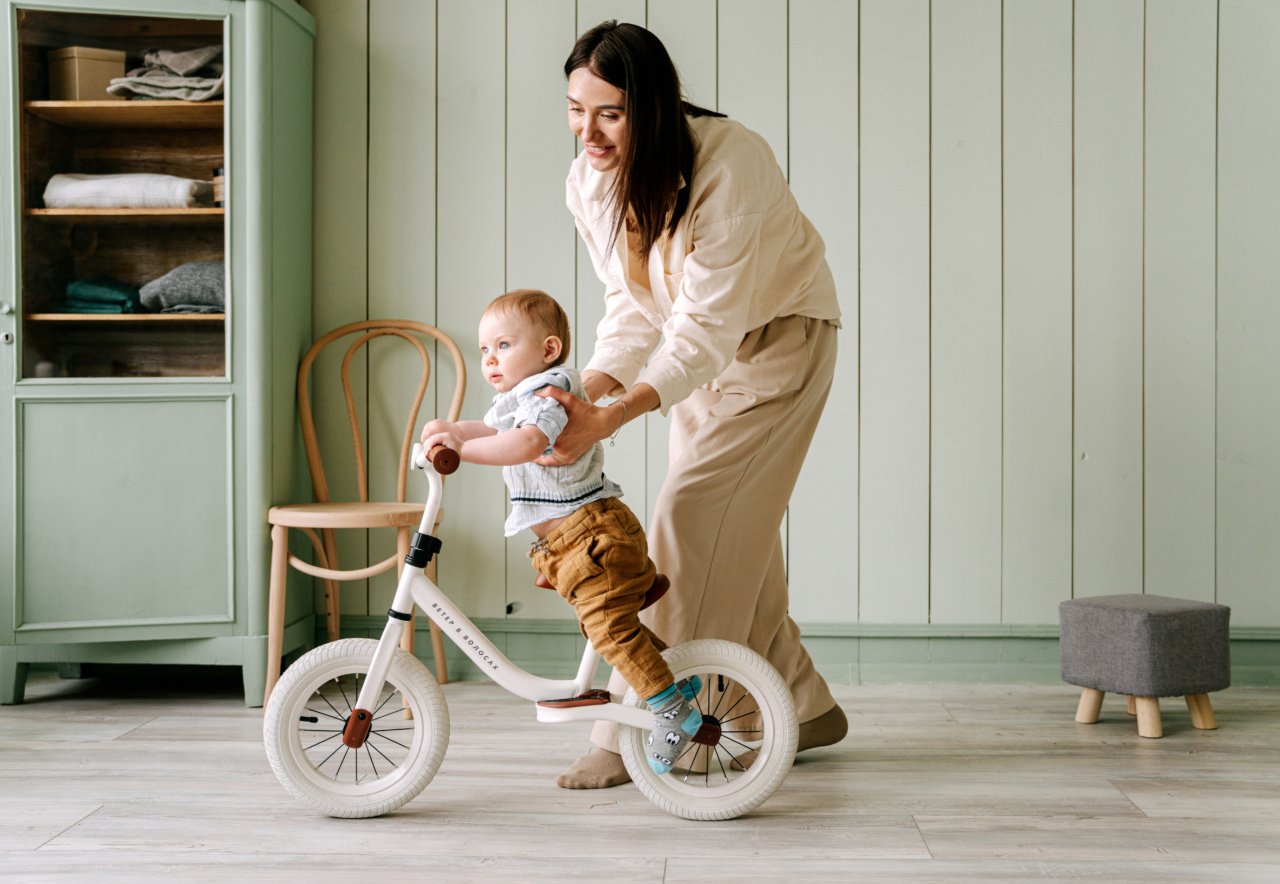When it comes to engaging outdoor activities for kids, biking is an excellent choice.
Not only is it a fun and adventurous way for children to explore their surroundings, but it also promotes physical activity and helps develop balance, coordination, and confidence. If you’re considering introducing your child to the world of biking, one of the first steps is to choose the perfect bike for them.
With so many options available, this guide will help you navigate the process and find the ideal bike for your little one.
1. Determine the Appropriate Bike Size
The most important factor to consider when choosing a bike for your child is the appropriate size. Riding an ill-fitting bike can be uncomfortable, and may even discourage them from developing an interest in biking.
To determine the right bike size, you’ll need to consider your child’s height and inseam measurement. Many bike manufacturers provide size charts that match specific measurements to their bike models. Use these charts as a guide to narrow down your options and find the perfect fit.
2. Consider the Bike’s Weight
Children are still developing their physical strength, so it’s essential to choose a bike that is lightweight and easy to handle. Heavy bikes can be challenging to control and may discourage children from enjoying the ride.
Look for bikes made from aluminum or other lightweight materials to ensure your child can maneuver the bike comfortably. Additionally, bikes with adjustable seat heights and handlebars will allow for easy modifications as your child grows.
3. Opt for a Bike with Training Wheels
If your child is new to biking or still mastering their balance, a bike with training wheels is an excellent option.
Training wheels provide additional stability and support, giving your child the confidence they need to pedal and steer without fear of falling. As your child becomes more skilled and comfortable, you can gradually remove the training wheels to promote independent riding.
4. Choose the Right Brakes
The type of brakes on a bike is an important consideration, especially for younger children. Many kids’ bikes are equipped with coaster brakes, which are engaged by pedaling backward.
This traditional brake system is simple to use and can help younger riders feel more in control. However, as children advance in biking skills, they may benefit from bikes with hand brakes, which provide more precise control and allow for faster stopping.
5. Look for Safety Features
When it comes to biking with kids, safety should always be a priority. Look for bikes with safety features such as handlebar padding, chain guards, and fully enclosed chainguards. These features help prevent accidents and minimize the risk of injury.
A bike with reflectors or built-in lights is also beneficial, promoting visibility during low-light conditions or when riding near roads.
6. Consider Suspension
If your child is interested in off-road biking or frequently rides on uneven terrain, consider a bike with suspension. Suspension systems absorb shocks and bumps, providing a more comfortable and controlled ride.
However, it’s important to note that bikes with suspension can be heavier and more expensive than those without.
7. Take Test Rides
Before making a final decision, allow your child to test out the bike. Encourage them to sit on it, pedal, and maneuver it around. Pay attention to their comfort level and how well they can handle the bike.
This hands-on experience will give you a better understanding of whether the bike is the right fit for your child’s size and abilities.
8. Consider Longevity and Growth
Children grow quickly, and it’s important to choose a bike that accommodates their growth. Look for bikes with adjustable seat heights and handlebars, as these can be modified as your child grows taller.
Additionally, opting for a bike that is slightly larger than their current size allows room for growth without needing to buy a new bike too soon.
9. Quality and Durability
Investing in a high-quality bike for your child ensures durability and longevity. Look for bikes from reputable brands known for their expertise in manufacturing children’s bikes.
These bikes are typically built with sturdy materials, have quality components, and are designed to withstand the wear and tear that comes with active kids.
10. Involve Your Child in the Decision-Making Process
Lastly, involve your child in the bike selection process. Allow them to choose a bike that matches their interests, whether it’s a bike with their favorite color or a themed bike featuring their favorite character.
By involving them in the decision-making process, you’ll enhance their excitement and sense of ownership, ultimately encouraging their love for biking.






























